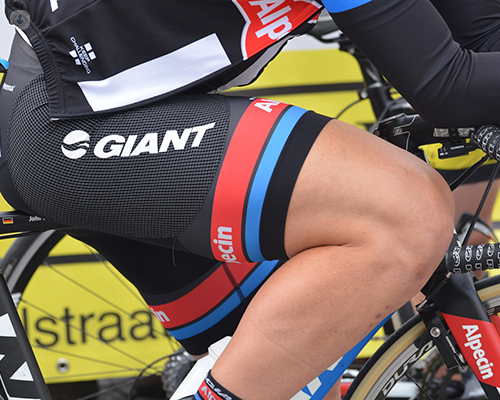Robotic surgery for hip and knee replacement: what are the advantages?
Written by:In his latest online article, highly-experienced consultant orthopaedic surgeon Mr Sam Heaton explains the numerous advantages of robotic surgery for hip and knee replacements.

What is robotic surgery for hip and knee replacement?
Robotic surgery for hip and knee replacement surgery has been around for a decade or so, but the technology has gotten much better and is constantly improving.
I exclusively use the Mako robot which is produced by a company called Stryker. This robot is almost certainly the most advanced on the market.
What are the advantages and benefits of robotic surgery for hip and knee replacement compared to traditional techniques?
The first advantage is that it allows for more accurate 3D planning of the procedure. In surgeries using manual traditional instruments, you have a two-dimensional plane. X-ray and my own surgical experience allow me to interpret that plane appropriately to put in the right implant.
However, when using the Mako robot, the surgeon and an engineer use a three-dimensional CT scan to plan your surgery. We're able to overlay the implants exactly where we want them, using this computerized 3D model. This allows for very accurate implant placement.
It also allows us to minimise complications such as poor implant positioning which can lead to hip dislocation.
The robot also helps the surgeon stay within a safe surgical zone, meaning it's much less likely that healthy tissues around the hip joint will be injured.
The evidence now indicates that recovery after a Mako robot surgery is almost always quicker, and postoperative X-ray accuracy is also improved.
However, there is not enough data available to indicate whether a robotic hip or knee replacement or a traditional hip or knee replacement has better long-term results.
Does the actual surgery differ from the traditional method?
The actual surgical procedures are very similar. The implant and the cut on the skin are exactly the same as if you have a manual, standard hip or knee replacement. The implant is the same, the surgeon putting the implant in is the same.
The difference is that the robot cuts and shapes the bone to accept the implant in exactly the position that I want to do it pre-operatively.
What is the recovery process like for patients who have undergone robotic surgery for hip and knee replacement?
The recovery process for robotic hip and knee replacements is almost identical to manual surgery. I think in my patients the recovery is slightly quicker, particularly in knee replacements where the range of motion is achieved earlier.
We don't have evidence to show the long-term recovery is any different at the moment, but it seems that a more accurately placed implant with less soft tissue disruption is likely to lead to a better long-term outcome.
Mr Sam Heaton is a leading consultant orthopaedic surgeon based in Bath & Yeovil. If you would like to book a consultation with Mr Sam Heaton with Mr Heaton, you can do so today via his Top Doctors profile.


